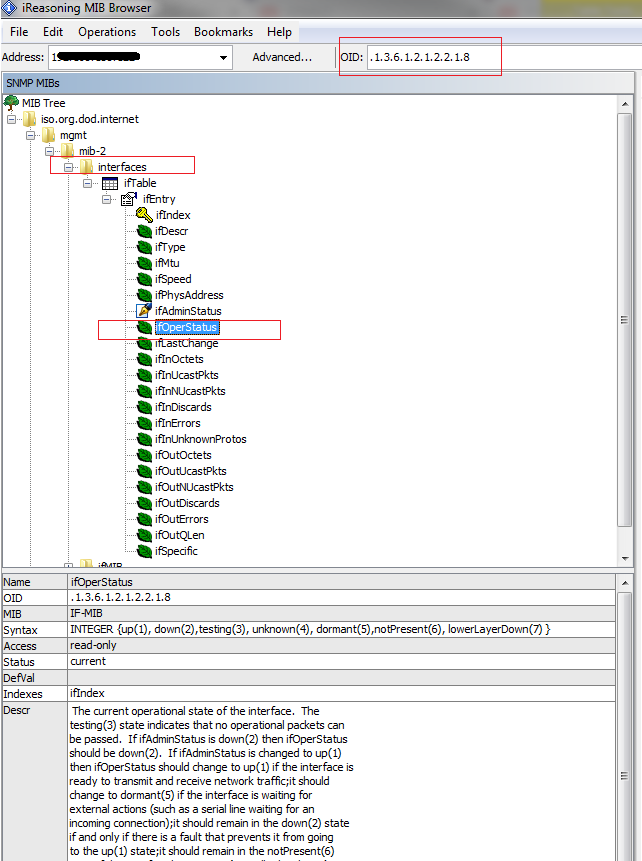- Forums
- Knowledge Base
- Customer Service
- FortiGate
- FortiClient
- FortiAP
- FortiAnalyzer
- FortiADC
- FortiAuthenticator
- FortiBridge
- FortiCache
- FortiCarrier
- FortiCASB
- FortiConnect
- FortiConverter
- FortiCNP
- FortiDAST
- FortiDDoS
- FortiDB
- FortiDNS
- FortiDeceptor
- FortiDevSec
- FortiDirector
- FortiEDR
- FortiExtender
- FortiGate Cloud
- FortiGuard
- FortiHypervisor
- FortiInsight
- FortiIsolator
- FortiMail
- FortiManager
- FortiMonitor
- FortiNAC
- FortiNAC-F
- FortiNDR (on-premise)
- FortiNDRCloud
- FortiPAM
- FortiPortal
- FortiProxy
- FortiRecon
- FortiRecorder
- FortiSandbox
- FortiSASE
- FortiScan
- FortiSIEM
- FortiSOAR
- FortiSwitch
- FortiTester
- FortiToken
- FortiVoice
- FortiWAN
- FortiWeb
- Wireless Controller
- RMA Information and Announcements
- FortiCloud Products
- ZTNA
- 4D Documents
- Customer Service
- Community Groups
- Blogs
- Fortinet Community
- Knowledge Base
- FortiGate
- Technical Tip: The correct OID to monitor each int...
- Subscribe to RSS Feed
- Mark as New
- Mark as Read
- Bookmark
- Subscribe
- Printer Friendly Page
- Report Inappropriate Content
Description
This article describes how to find and set the correct OID to monitor each interface state with SNMP polling.
Scope
Any supported version of FortiGate.
Solution
FortiGate system resources and other statuses can be monitored with SNMP polling. An OID (Object Identifier Value) is an address used to identify a particular device and its status. Each device has a unique OID which can be used to track the performance and status of that particular device.
Download the FortiGate MIB file:
Technical Tip: How to get and troubleshoot MIBs and OIDs from SNMP
To check a device's OID:
- Install any MIB browser (reasoning was used as an example in this article).
- Use the MIB browser to load the FortiGate MIB file to find the OID for the status of the interface.

A FortiGate can have multiple interfaces. To monitor a specific interface, use the OID 1.3.6.1.2.1.2.2.1.8.x, where the 'x' is the snmp-index number for that specific interface.
To check the SNMP-index number of the interface, issue the command 'show system interface' and check the output. For example:
config system interface
edit "1-A10"
set vdom "root"
set type physical
set snmp-index 10 <-
next
end
Related article:
The Fortinet Security Fabric brings together the concepts of convergence and consolidation to provide comprehensive cybersecurity protection for all users, devices, and applications and across all network edges.
Copyright 2024 Fortinet, Inc. All Rights Reserved.